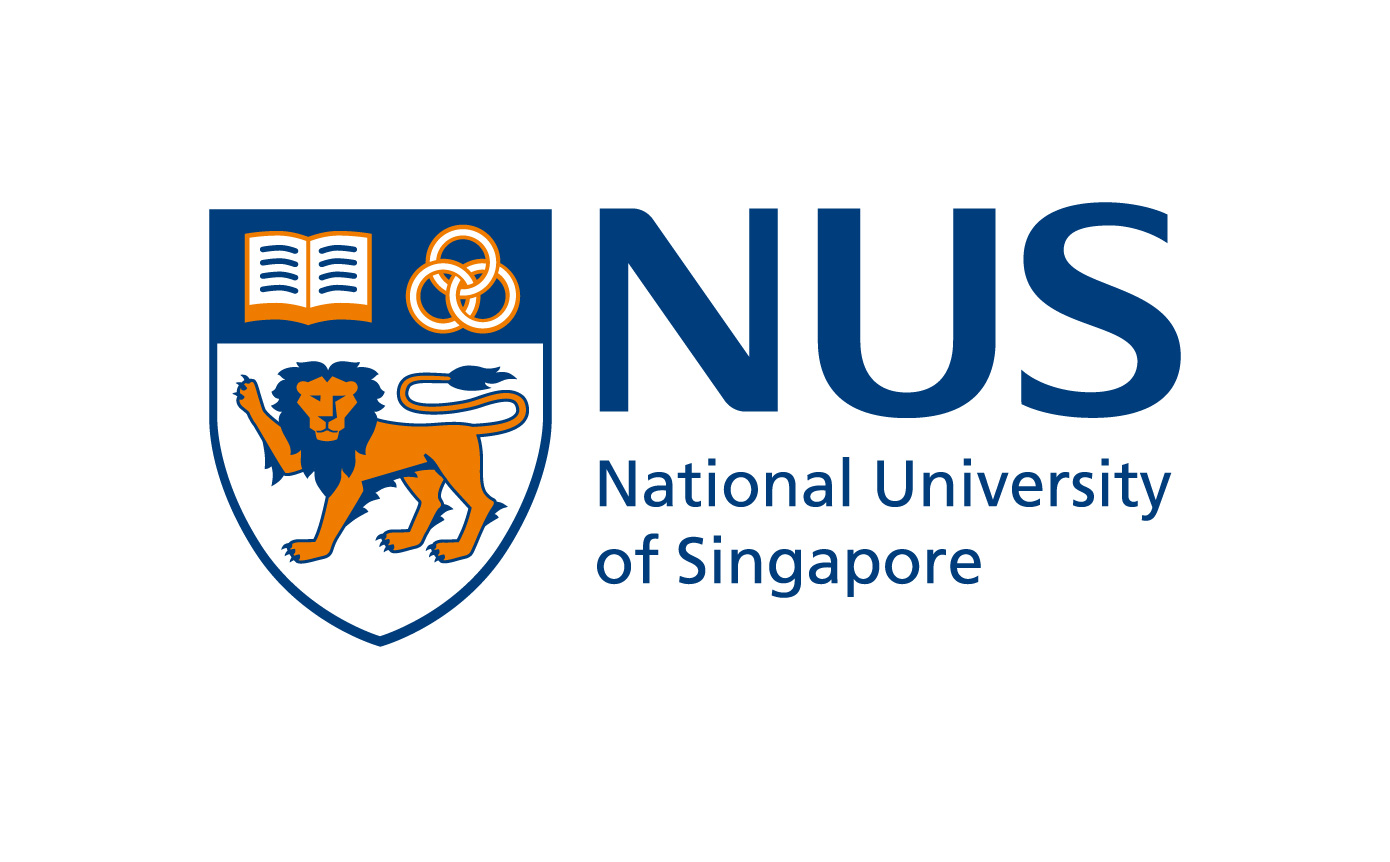
Zhen Zhang

I am a Tenure-Track Assistant Professor in School of Intelligence Science and Technology, Nanjing University. I obtained my Ph.D. degree at Zhejiang University advised by Prof. Jiajun Bu. After that, I worked as a Research Fellow at National University of Singapore under the supervision of Prof. Bingsheng He. My research interests are mainly in machine leanring and data mining, particularly in graph neural networks, LLM agents, AI4Science, etc. I have served as the PC member for top-tier conferences including ICML, NeurIPS, ICLR, WWW, SIGKDD, AAAI, CVPR, ICCV, ECCV, etc; and the invited reviewer for prestigious journals including TKDE, TOIS, CSUR, etc. Feel free to send me an e-mail if you want to collaborate with me!
Email: zhen_zhang at nju dot edu dot cn / zhen_zhang at zju dot edu dot cn
CV | Google Scholar | Github
Hiring
🗣📢: I am actively recruiting motivated PhD, Master, and Undergraduate students to join my research group. If you are passionate about research and interested in working with me, contact me via email with your CV and a brief statement of your research interests, prior experience (if any) or future plan. My research interests include, but are not limited to, graph data mining, large language model (LLM) agents, and AI for Science (AI4Science), etc. I am particularly fascinated by the challenges of extracting knowledge and patterns from complex graph-structured data, building intelligent agents powered by LLMs for reasoning and decision-making, and applying advanced AI techniques to accelerate scientific discovery across disciplines such as physics, biology, and materials science.
News
- (2025.09) One paper is accepted by NeurIPS 2025.
- (2025.08) Invited to serve as an Area Chair for ICLR 2026.
- (2025.01) One paper is accepted by WWW 2025.
- (2024.10) One paper is accepted by WSDM 2025.
- (2024.09) Two papers are accepted by NeurIPS 2024.
- (2024.01) One paper is accepted by WWWW 2024.
- (2024.01) One paper is accepted by ICLR 2024.
- (2023.12) One paper is accepted by AAAI 2024.
Academic Activities
- Area Chair / Senior Program Committee Member:
- AC of ICLR 2026
- SPC of IJCAI 2025
- Program Committee Member or Reviewer:
- Conferences: NeurIPS, ICLR, ICML, CVPR, KDD, WWW, AAAI, ECCV, CIKM, etc.
- Journal Reviewer: IEEE TPAMI, IEEE TIP, IEEE TKDE, ACM CSUR, IEEE TNNLS, Neural Networks, etc.
Awards & Honors
Outstanding Doctoral Thesis of Zhejiang University
Nominated for Outstanding Doctoral Thesis in Zhejiang Province
Publications
Experience

Nanjing University
Sep 2025 - Current

National University of Singapore
Sep 2021 - Aug 2025

Zhejiang University
Sep 2015 - Jun 2021
Projects

Library: https://github.com/pygda-team/pygda
Docs: https://pygda.readthedocs.io/en/stable/
PyGDA is a Python library for Graph Domain Adaptation built upon PyTorch and PyG to easily train graph domain adaptation models in a sklearn style. PyGDA includes 20+ graph domain adaptation models. See examples with PyGDA below!
Graph Domain Adaptation Using PyGDA with 5 Lines of Code
from pygda.models import A2GNN
# choose a graph domain adaptation model
model = A2GNN(in_dim=num_features, hid_dim=args.nhid, num_classes=num_classes, device=args.device)
# train the model
model.fit(source_data, target_data)
# evaluate the performance
logits, labels = model.predict(target_data)
PyGDA is featured for:
- Consistent APIs and comprehensive documentation
- Cover 20+ graph domain adaptation models
- Scalable architecture that efficiently handles large graph datasets through mini-batching and sampling techniques
- Seamlessly integrated data processing with PyG, ensuring full compatibility with PyG data structures